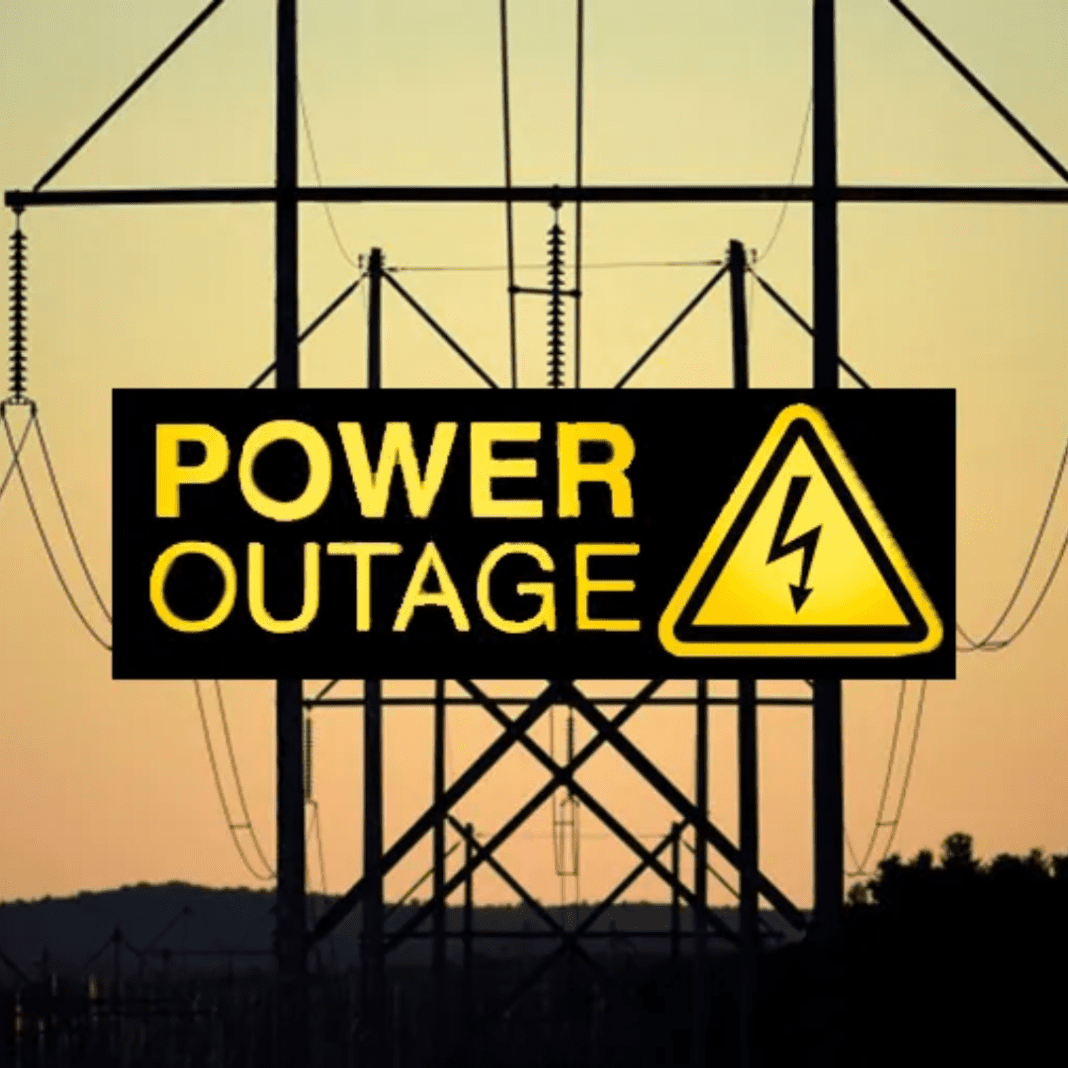Rare Weather Triggers Europe Power Outage
On 28th April 2025, large parts of Spain, Portugal, and even sections of France were thrown into sudden darkness. A massive power outage hit these countries without warning. Everything from homes and shops to airports and hospitals lost electricity. Planes were grounded, hospital machines had to switch to backup power, and trains stopped in their tracks. In some places, water supplies and phone services were also affected.
People were confused. What could have caused such a big blackout across so many countries all at once? Portugal’s national electricity grid operator, REN, gave an unusual answer. They said the problem started because of a rare atmospheric phenomenon—something that happened in the air and weather above us.
Though it may sound strange, the explanation does have support from science. Changes in our climate are leading to more strange weather events. These changes are now starting to affect even the systems we rely on every day—like electricity.
How the Weather Knocked Out the Power
Experts say the blackout began with sudden and extreme temperature changes in Spain. These temperature shifts were so sharp that they caused unusual movements, called “anomalous oscillations,” in high-voltage power lines. Think of these lines as long metal ropes stretched across the land. They are sensitive to changes in temperature. When the temperature rises or falls very fast, the metal can expand or shrink suddenly.
Climate Change Threatens California’s Commercial Fishing Industry
These changes in the lines made the entire power network across the region go out of sync. It’s like when a row of dominoes falls—one small shift caused a chain reaction, affecting the power systems of three countries in just minutes.
This type of weather-based problem is known as an “induced atmospheric disturbance.” While it doesn’t happen often, scientists are warning that it’s becoming more likely because of global warming.
A recent scientific study looked at weather patterns from 1961 to 2023. It showed that places like Western Europe have been experiencing more frequent and stronger swings in temperature. The study found that over 60% of the regions examined had more sudden changes from hot to cold or cold to hot than before. These swings stress everything—from roads and crops to our electric grids.
A Chain Reaction of Trouble
Once the blackout hit, life in many cities came to a halt. In Madrid and Lisbon, airports had to shut down. Thousands of passengers were left stuck, not knowing when they could travel. Hospitals quickly turned to their backup generators. While most were prepared, some had problems like water shortages and lost phone connections.
Massive Increase in Hot to Cold Temperature Flips Threatens Stability
Shops that rely on keeping things cold faced serious losses. Butchers couldn’t keep meat fresh, and ice cream shops worried their entire stock would melt. Many small business owners said they didn’t know how long they could keep going without power.
The European Union stepped in to help. Officials said they were working closely with network operators to get the lights back on. They also said it was important for all countries in the region to support each other during such a crisis.
Power Grid Falters as Weather Turns Unpredictable
Even though there were some questions about whether the outage could have been caused by a cyberattack or a fault in the physical equipment, no signs of hacking or sabotage were found. Everything pointed back to the unusual weather pattern as the most likely cause.
This event shows just how connected our weather and technology have become. Something as simple as fast-changing temperatures can now affect millions of people’s lives. Power grids are built to handle normal weather, but as the weather becomes more extreme, even strong systems can break down.
The April blackout was not just a power cut. It was a powerful reminder that nature still has the ability to surprise us—and that our most advanced systems are not as unshakable as we might think.





